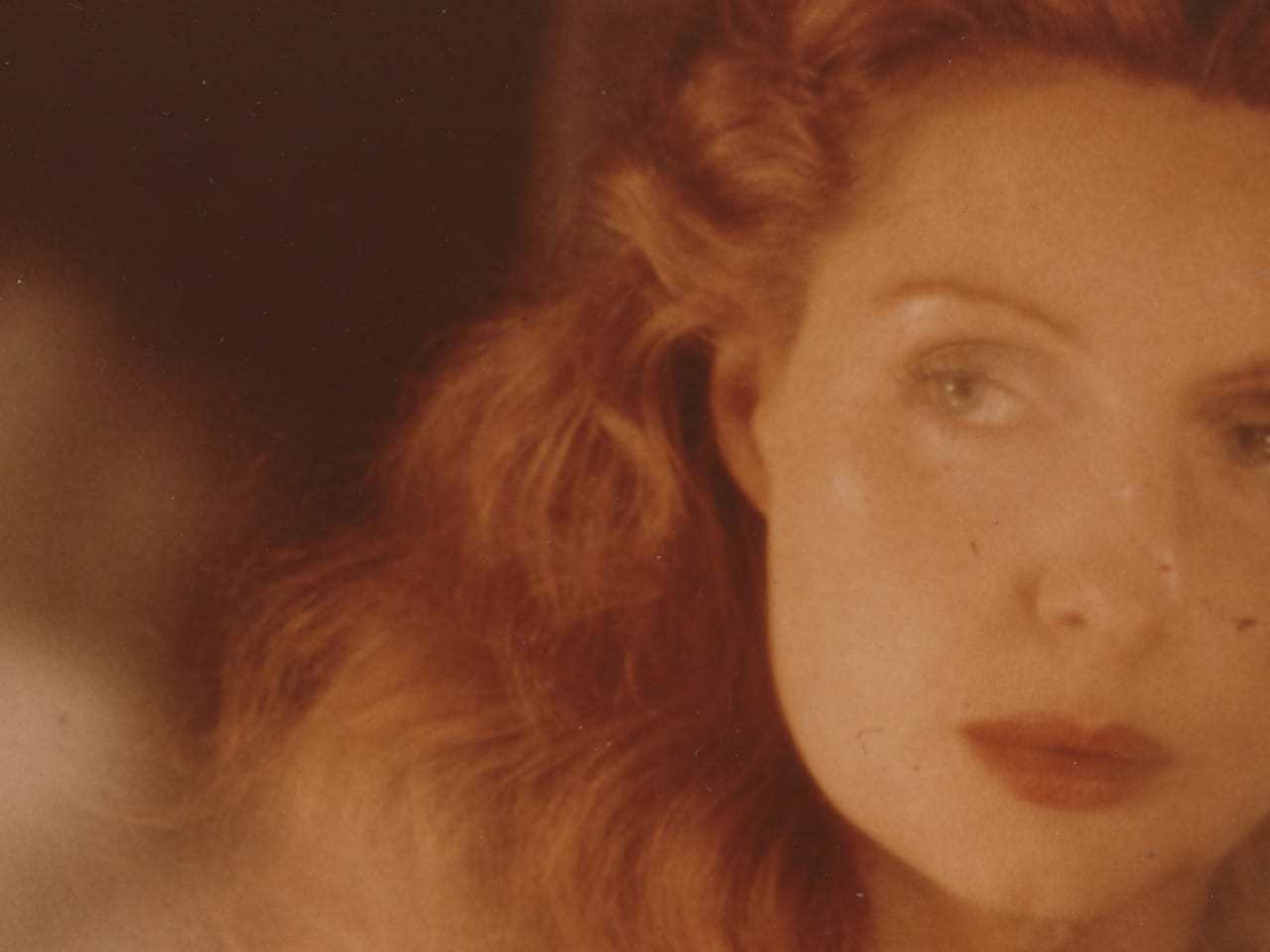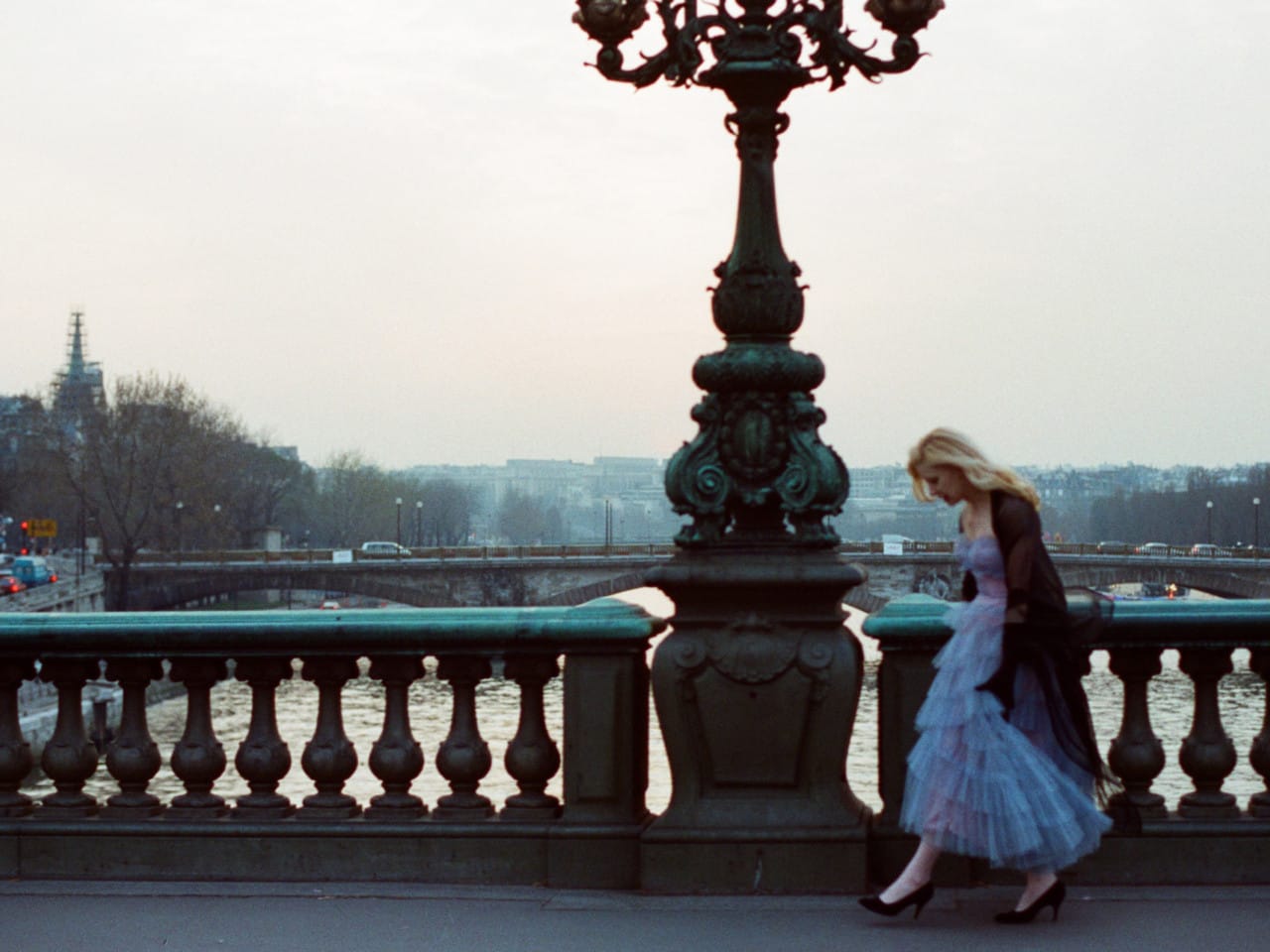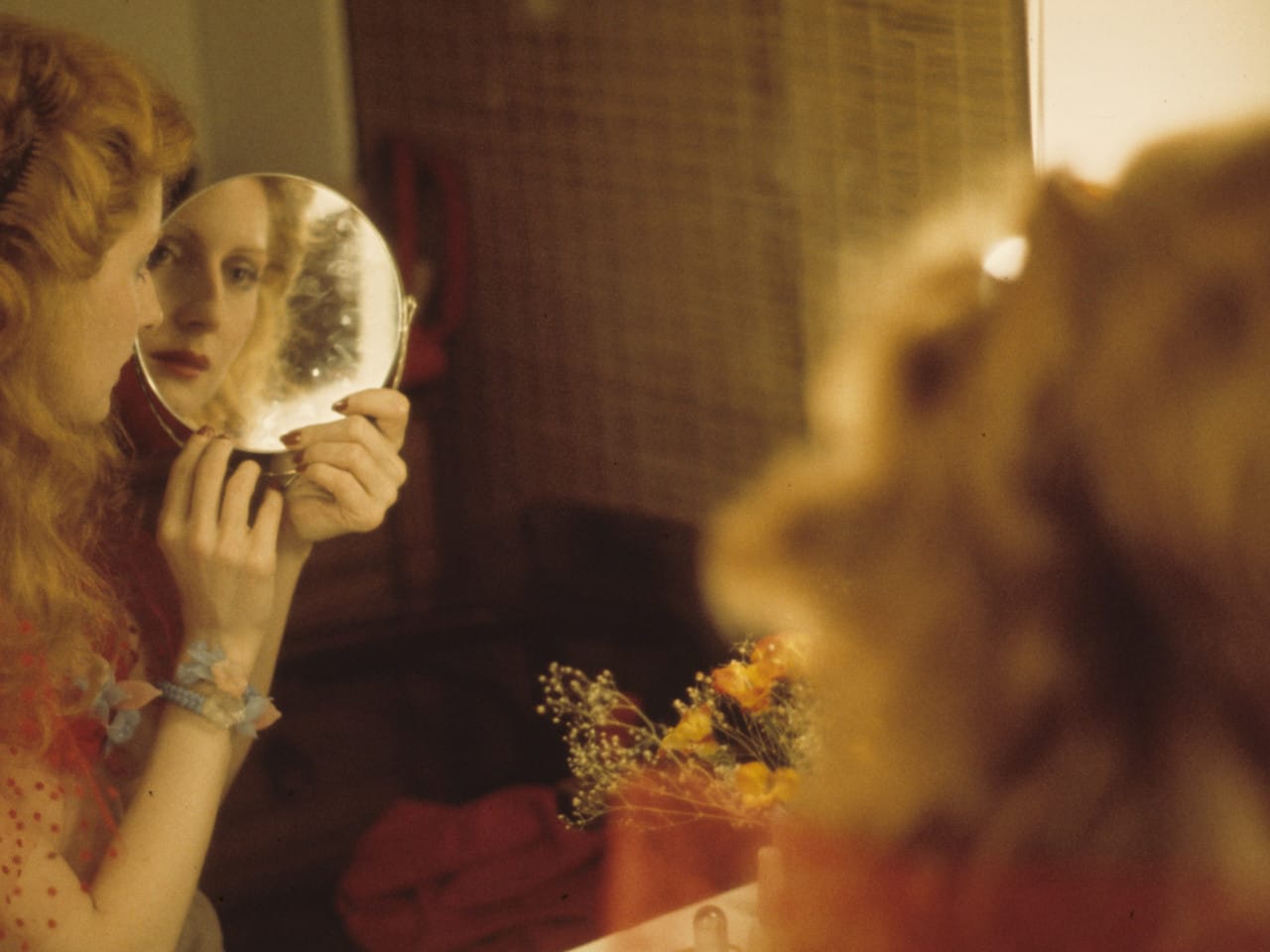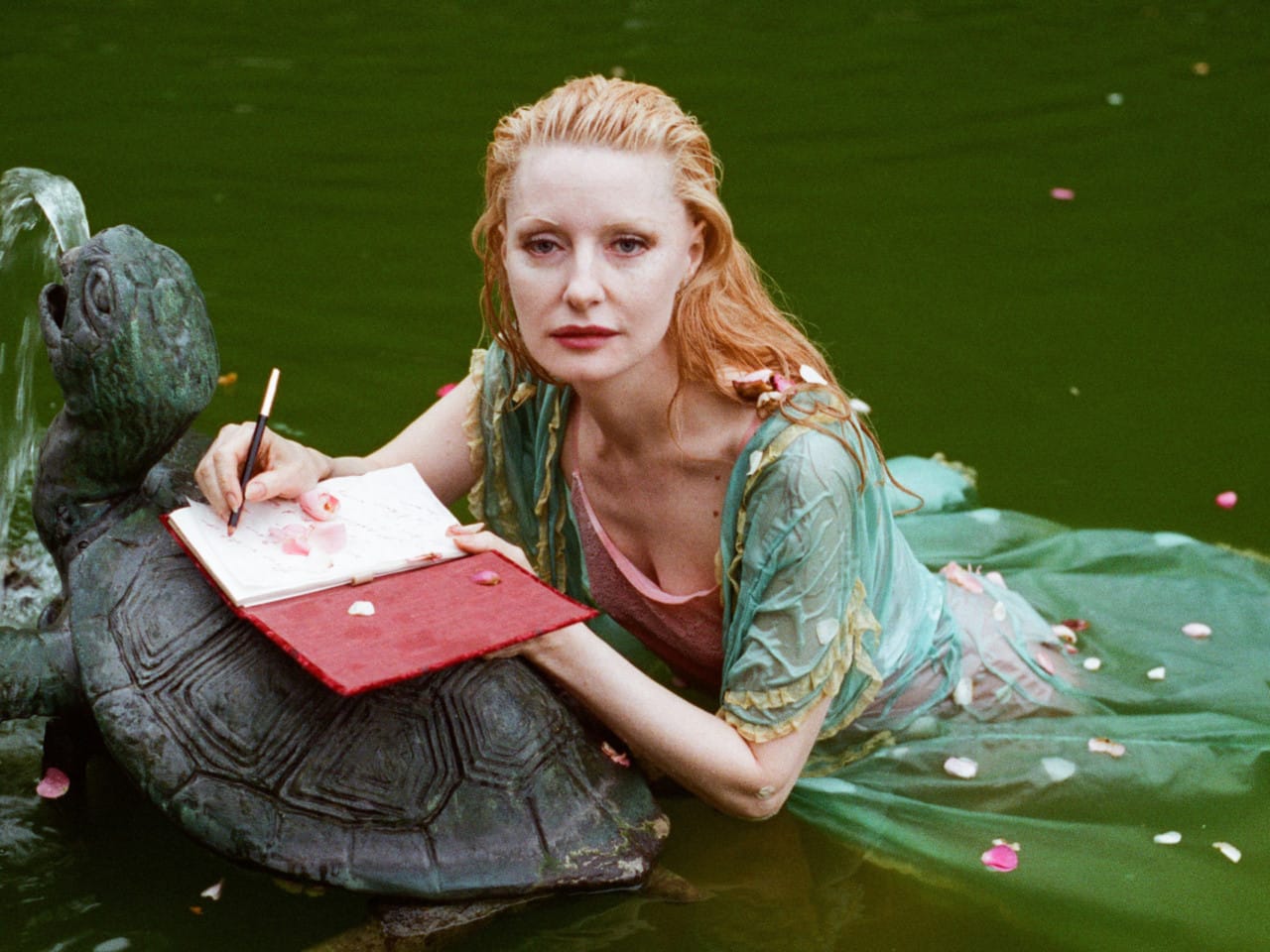Ahead of the release of her latest documentary, The Disappearance of Shere Hite, we caught up with director Nicole Newnham about why she wanted to make this film, and the relevance of Hite's work today.
How did you first come across Shere Hite’s work and what drew you to tell her story?
I first met Shere Hite when I read The Hite Report, at 12 years old. I found it in the bedside chest next to my Mother’s bed, where she kept the things she didn’t want me to see! The book was a portal to a whole world of female sexuality, a chorus of diverse women’s voices, telling the truth about their sexual lives. I learned that I was not alone, and also that it was ok to be unique: I had a choice.
I often thought of The Hite Report and felt gratitude for it as I grew up. Which is why, when I read her obituary, and the headline in The NY Times said “she explained the female orgasm, and was hated for it”, it stopped me in my tracks. I wanted to know who she was, how she did her work, and how someone whose contribution was so liberating could have become so maligned. As I discovered the answers the story felt increasingly urgent and relevant to today.

There’s an incredibly rich archive in the film – could you talk a little bit about the process of sourcing and piecing together this footage?
I was fortunate to be working from the beginning with NBC News Studios, and they had discovered several really important and never before seen footage from pieces about Shere’s work – including one filmed in her rat-infested basement apartment in NYC right after The Hite Report was published, and one shot in 1994 when she was living in London, investigating what had driven her into self-imposed exile in Europe.
We were also working with the Schlesinger Library at Radcliffe, who had acquired Shere Hite’s personal archive. It included photographs, videotapes, and a wealth of personal writings and other ephemera. So we knew the archival in the film was going to be amazing. But as we began to source footage from other news organizations, and to reach out to her colleagues and friends, we discovered such an enormity of truly stunning material, that it started to seem to us that Shere Hite had essentially been directing a film of her life as she was living it, and it was our task to piece together the fragments. She had an incredible sense of color, fashion, and style and we brought that into the art direction of the film, and we worked to give the film a hand-made, mosaic type of feel so that the viewer gets to enjoy the thrill of experiencing something highly cinematic but knowing every word, picture, and fragment is authentic.

Shere’s voice is very present. How did you decide how you were going to represent her voice?
When going through Hite’s writings in the Schlesinger library – some of which were typewritten, some of which were on the backs of cocktail napkins or opera programs – one of the most exciting things to realise was that she was writing about her profound reflections on our culture and on her own experience while it was happening. So, we were able to bring the viewer into her inner dialogue as she navigated graduate school, her modelling career, the early success of her work and the eventual barrage of criticism that she faced.
Our editor, Eileen Meyer, played around at the very beginning of our edit with the scene where we first meet Shere, at work, at her big desk, listening to the classical radio station she loved. We challenged ourself to find a visual language that would place us immersively in her world and use her inner thoughts to propel scenes forward. And we wanted the voice to be about the same age – early thirties – as Shere was when The Hite report exploded. Dakota Johnson’s spectacular and sensitive interpretation of the role underlines that sense of an inner monologue and brings us even closer to Shere.

Many of the themes in the documentary feel very resonant today. Why did you feel it was important to make this in 2023?
I felt Shere Hite’s story – like the story of my previous film Crip Camp (2020) – was one that urgently needed to be re-gifted from the past into the present as fuel for the struggles against misogyny and authoritarianism and for bodily autonomy that we are engaged in now. I was moved and inspired by Shere’s bravery, her refusal to compromise or be cowed by the double standard she was held to, by her willingness to suffer slings and arrows so that other women could, through her work, speak their truths.
When regressive backlash causes us to lose the stories of the iconoclasts, rebels, and leaders who push to free us from societal constructs that are oppressive, we lose the belief and hope that things can change, and we lose important roadmaps that remind us how change happens. I also felt – since the playbook being used is the same now as it was then – that it was instructive to see exactly how someone like Shere is silenced and pushed out of mainstream culture. At a more basic level, the story is urgent – many women still don’t know enough about their own bodies, and women’s pleasure is often not centered in our modern definitions of sex. So Shere’s mission to “undefine” sex is still incredibly relevant and needed today.

What was the most surprising thing you learned while making this film?
I learned that we still don’t feel comfortable, in 2024, talking about sex! I was so surprised that people would be talking with Shere about “clitoral stimulation” on news shows back in the 70’s, when you would never hear that today. In doing the work, our own edit team had to get comfortable saying words like “clitoris” which many people still aren’t exactly sure how to pronounce! In fact, sometimes when I say the word in Q&As, I hear gasps in the audience. Developing an ease and comfort talking about sex is like having a weight lifted off your shoulders. I hope the film inspires much needed conversation and dialogue!
The Disappearance of Shere Hite is playing at Bertha DocHouse from Friday 12 January. Book tickets here.